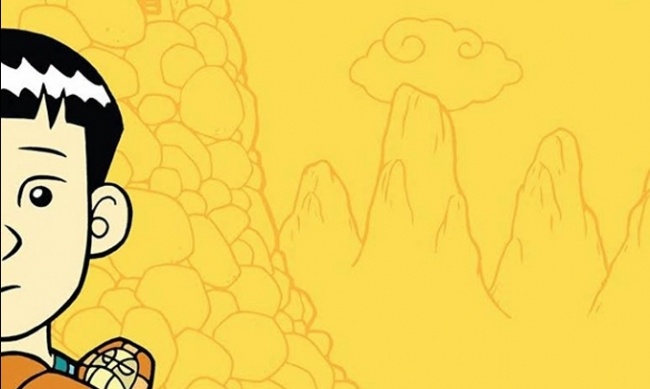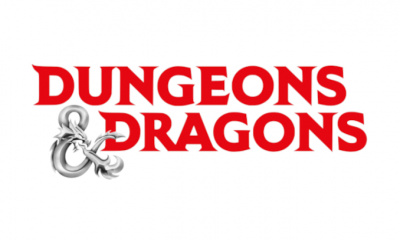Genius recognized. Yang made a splash with his amazing graphic memoir American Born Chinese (First Second Books, 2006) and subsequent graphic historical novel(s) Boxers & Saints (First Second Books, 2013). These days he writes New Super-man for DC, featuring the company’s oldest superhero concept reinterpreted in a Chinese context.
Redniss has been authoring well-reviewed and award-winning graphic novels including Century Girl: 100 Years in the Live of Doris Eaton Travis, Last Living Star of the Ziegfeld Follies (It Books, 2006), Radioactive: Marie & Pierre Curie: A Tale of Love and Fallout (It Books, 2010), and her latest, 2015’s Thunder & Lightning: Weather Past, Present, Future (Random House).
While this is a great honor for the winners, it’s not necessary the huge step it would have been for comics in years’ past. That’s because 2016 marks the third straight year when graphic novelists have been selected for the award, with Alison Bechdel receiving a grant in 2014 and Ta-Nehisi Coates getting one last year. Until that stretch, Ben Katchor was the only cartoonist honored with a Genius grant, part of the class of 2000.
Coates, who now writes Black Panther for Marvel, also collected a National Book Award in 2015 for his (prose) memoir Between the World and Me. Bechdel, who was a Guggenheum Fellow for Creative Arts in 2012, also had the Broadway adaptation of her graphic novel Fun Home sweep the 2015 Tony Awards.
You’ve come a long way, baby! The regularity with which comics and comics creators are recognized for some of the highest honors in American culture may not seem like news, but for those of us who remember the struggles to gain “respectability” for graphic literature going as far back as the “Zap! Bam! Pow! Comics Aren’t Just for Kids Anymore!” days of the 1980s, this never gets old.
There was a time not long ago when Art Spiegelman’s Maus: A Survivor’s Tale stood as the solitary example of a comic deemed worthy of elite plaudits, having won the Pulitzer Prize in 1992. Every argument for the artistic viability of the medium that stupidly needed to get made with academic and cultural gatekeepers began and ended with “But what about Maus?”
Despite all the fine work that has been done in graphic form since 1992, Maus remains the lone comic to win a Pulitzer. But by the 2000s, comics were making it into big-time non-genre awards, albeit through the side door of “Young People’s Literature.” Yang’s two graphic novels were both named National Book Award finalists in this category, as were David Small’s Stitches (2009) and Noelle Stevenson’s Nimona (2015).
Validation? One school of thought about the growing presence of comics and comic-makers on these kinds of lists is “who cares?” Cartoonists producing fine work don’t need pats on the head from committees of tweedy professors and blue-haired society doyens to prove what they are doing has artistic worth. It’s also unfortunately the case that even prestigious awards don’t always lead to better sales, although I don’t think anyone’s numbers were ever hurt by having a shiny “Winner!” sticker on the cover either.
But by the same token, creators should not be excluded from consideration from these kinds of awards because they choose to tell their stories with words and pictures. For decades, graphic storytelling carried the stigma of illegitimacy conferred by the censorship efforts of the 1950s and the insipid products of the commercial comics industry. I’m not sure why it took otherwise-intelligent people so long to disentangle the content from the medium and perceive the important differences between Spider-Man and Black Hole, but that was the wall we were banging our heads against until recently.
Good comics are as good as good anything. Despite the success of graphic novels in the publishing industry and the culture, popular awareness of comics remains driven by superheroes and the roar of the corporate-entertainment-marketing machinery that’s driving them into the center of the media universe. That’s a triumph to be celebrated on its own terms as well, but the simultaneous success of literary and mass-media comics is too easily bundled into one story. But they’re not.
The commercial dominance of comics subject-matter in media opens up one set of doors for the owners of that content and creators willing to work on the terms set by them. The artistic validation of the comics medium through high profile reviews, cultural status for creators, and awards from prestigious non-comics institutions, is potentially more important to the future of the medium long after the superhero gold-rush is gone and forgotten.
The fact that there were two comic makers among the Genius awards this year (out of 23), and that their presence is noteworthy but not groundbreaking, is another strong signal that comics’ decades-long struggle to break the surface of high culture may finally have ended in victory.
The opinions expressed in this column are solely those of the writer, and do not necessarily reflect the views of the editorial staff of ICv2.com.
Rob Salkowitz (@robsalk) is the author of Comic-Con and the Business of Pop Culture.









